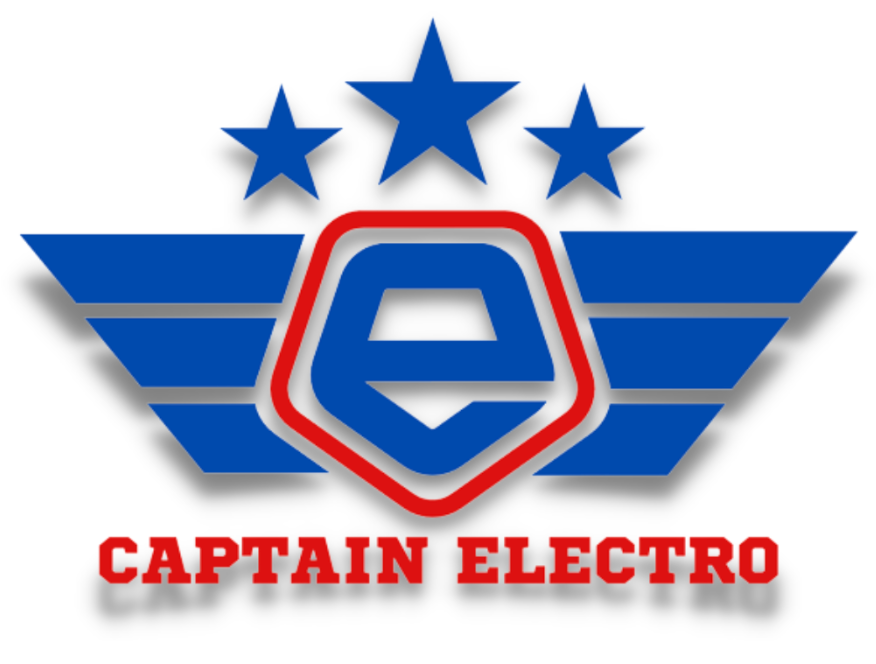Electric Ducks in a Row: Helsinki's Autonomous Water Taxis Make Waves
As someone who's spent a lifetime talking about all things that go vroom, zoom, or occasionally, bob gently in the water, it's no surprise that Helsinki's latest nautical novelty has caught my eye. Yes, my dear readers, we're talking about autonomous water taxis. Not just any water taxis, mind you, but electric, solar-charged, and, dare I say, futuristic ones that promise to revolutionize island hopping in Helsinki's archipelago.
Now, let me take you on a journey through the waters of innovation, skepticism, and a bit of that good ol' electric buzz.
Callboats, a company that clearly thinks outside the box (or boat, in this case), has rolled out what they claim to be the world's first autonomous water taxi service. These aren't your grandfather's rowboats, folks. We're talking high-tech, solar-charged electric boats designed to zip you across the Finnish waters without a captain in sight – well, sort of.
Each boat is a 10-seater marvel, equipped with four 10-kW electric pod thrusters. That's enough oomph to cruise at a leisurely 9 knots (about 10 mph, or 17 km/h for the metrically inclined). The 60-kWh battery onboard promises about nine hours of endurance at a slower 6 knots (7 mph, 11 km/h), perfect for those who like their sea travel with a side of tranquility.
Oh, and let's not forget the 1.5-kW solar array lounging on the roof, like a sunbather at a Helsinki summer beach. It's there to give the battery a little extra juice, around 8-10 kWh on a sunny day, but the bulk of the power comes from an 11 kW 3-phase charger when it’s time to refuel some electrons.
Now, I know what you're thinking – "Autonomous boats? What about safety?" Fear not, my cautious friends. These water taxis are packed with 360-degree cameras and sensors. They're like the Big Brother of the seas, but in a good way. They navigate, track and avoid hazards, and even auto-deploy gangplanks at piers – it's like something out of a sci-fi novel, minus the aliens.
The catch? Current regulations require at least one crew member onboard. But let's be honest, who wouldn't want to be on a boat that practically drives itself?
Here's where it gets interesting. Callboats' CEO, Peter Ostberg, claims that up to 60–70% of archipelago transportation costs come from paying captains. With autonomy, one captain can remotely handle five water taxis. More profitable margins, lower prices for us consumers, and a happy CEO. It's a win-win-win.
Before I get too carried away, let's talk green. These boats are part of Helsinki's grand plan to improve accessibility to its archipelago and promote emissions-free maritime transport. It's all part of the city's maritime strategy to achieve carbon neutrality. As a slightly skeptical enthusiast of electric tech, I tip my hat to this effort. It's like giving Mother Nature a high-five.
It's not just about cutting costs and saving the planet, though. Safety is a big selling point. With human error accounting for up to 80–90% of maritime accidents, these autonomous boats, with their sensors and AI, could be a game-changer.
And let's not forget the appeal to tourists. Imagine being a visitor in Helsinki, hopping onto one of these futuristic water taxis, and zipping off to an island adventure. It's like a mini-cruise, but cooler.
So, what's my take on Helsinki's autonomous, electric water taxis? They're an intriguing blend of technology, environmental consciousness, and just plain coolness. While I'm a tad skeptical about the whole "autonomous" aspect (old habits die hard), I can't help but be impressed.
In a world where we're constantly searching for sustainable solutions, these water taxis might just be a step in the right direction. And who knows, maybe one day we'll see these electric marvels in cities worldwide. Until then, I'll be here, keeping an eye on the horizon for the next big thing in electric transportation.
Get ready, Helsinki – your waterways are about to get a whole lot more interesting.




